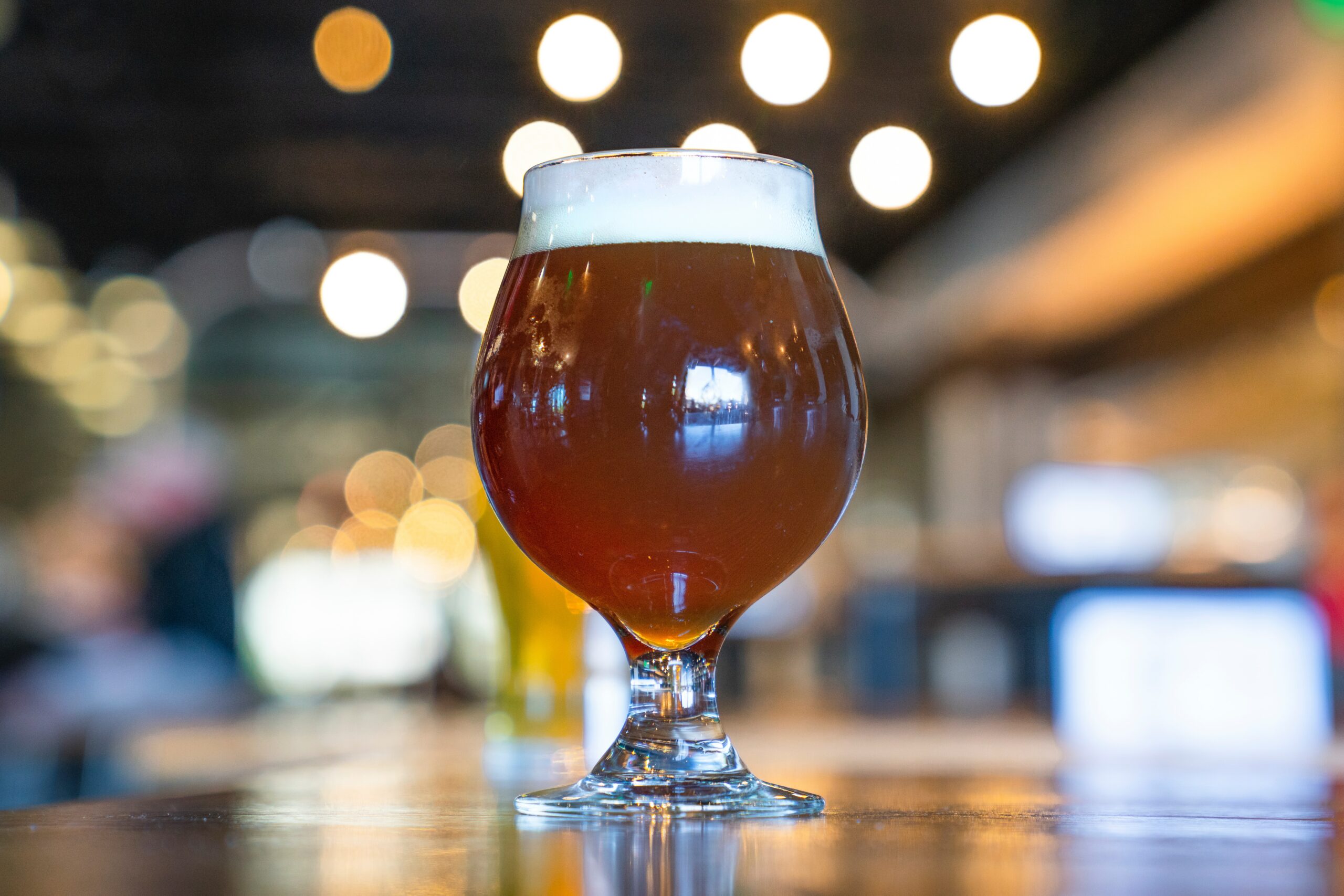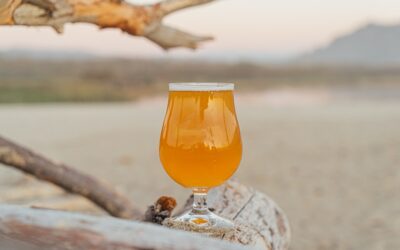The punitive taxation applied to beer in the UK throughout the past hundred years has limited the ambitions of British brewing in the 20th century, but nonetheless the country has a richer heritage of stronger ale styles than most other places.
Central to that history is the largely defunct tradition of storing stronger beers in large oak barrels, or tuns, either at the brewery or on premises owned by beer merchants. These became known as ‘keeping’ ales and were often designated by the abbreviation ‘K’. Older beers became KK or KKK, in parallel with an even older system of marking beers as X, XX and XXX, depending on their strength. The longer aged the beer, the more likely it was that it would be used primarily for blending with a younger beer, either prior to barrelling, or else at the bar. This tradition has survived on a small scale at the Greene King brewery in Suffolk, UK, and parallels that seen in some Belgian ones to this day. Many craft brewers around Europe are currently experimenting with the effects of oak-ageing their stronger beers.
Barley wine
A British Barley Wine (8.0-12.0% ABV) should possess great richness of character, with vinous or even port-like notes, though it should lack the full-on aged elements of an authentic Old Ale. Their core can be earthy, floral or marmalade-like. Most are dark, though if made exclusively from pale malts this can leave some deep golden in colour. The best will age gracefully in the bottle for many years, and may be vintage-dated. Although hefty beers are known to have been produced for many years in the UK, the term Barley Wine has not been spotted before 1872, when Bass launched No. 1 Barley Wine.
Old ale (or Winter warmer)
An authentic Old Ale (6.0-9.0% ABV) should be dark and malt-driven, with some characteristics of ageing, such as port or Madeira-like notes or even some lactic acidity. These are the beers that were designated by the K, KK and KKK system (above). By the end of the 19th century they typically evolved from the brewery’s Mild Ale, subjected to oak-ageing. If this extended to three years in the tun, it would develop a tart, vinous character from the build up of lactic acid, similar to a Flemish red (or Oud bruin). A handful of examples of the original style still exist but struggle due to the cost of maintaining a temperature-controlled chamber of oak tuns, and the lack of familiarity of modern palates with aged flavours. Nowadays, most of the beers branded as an ‘Old Ale’ are in truth simply stronger versions of dark Mild (4.5-6.0% ABV)..
Scotch ale (or Wee heavy)
Rich, malty and caramel-sweet with little hop presence, a full-strength Scotch Ale (8.0-10.0% ABV) makes a great dessert beer. Originally malt-flooded, the 19th century saw brewers add cheap caramelised sugars from new refineries on the banks of the river Clyde. Peaty and smoked flavours are not an authentic feature of the style and bottle-conditioning is inadvisable due to the high residual sugar. Strong dark ales have been sold in Scotland since the late 1700s and survived into the 20th century thanks mainly to the export trade to Belgium and France. The Scotch Ale of legend began life as ‘12 Guinea Ale’ (or 252 Shilling), going on to become Fowler’s Wee Heavy, meaning ‘small & strong’. The first new example came in 1965, with the opening of the Traquair House brewery in the Scottish Lowlands, arguably the world’s first ‘craft’ brewery of the modern era.
See also: Imperial Stout




